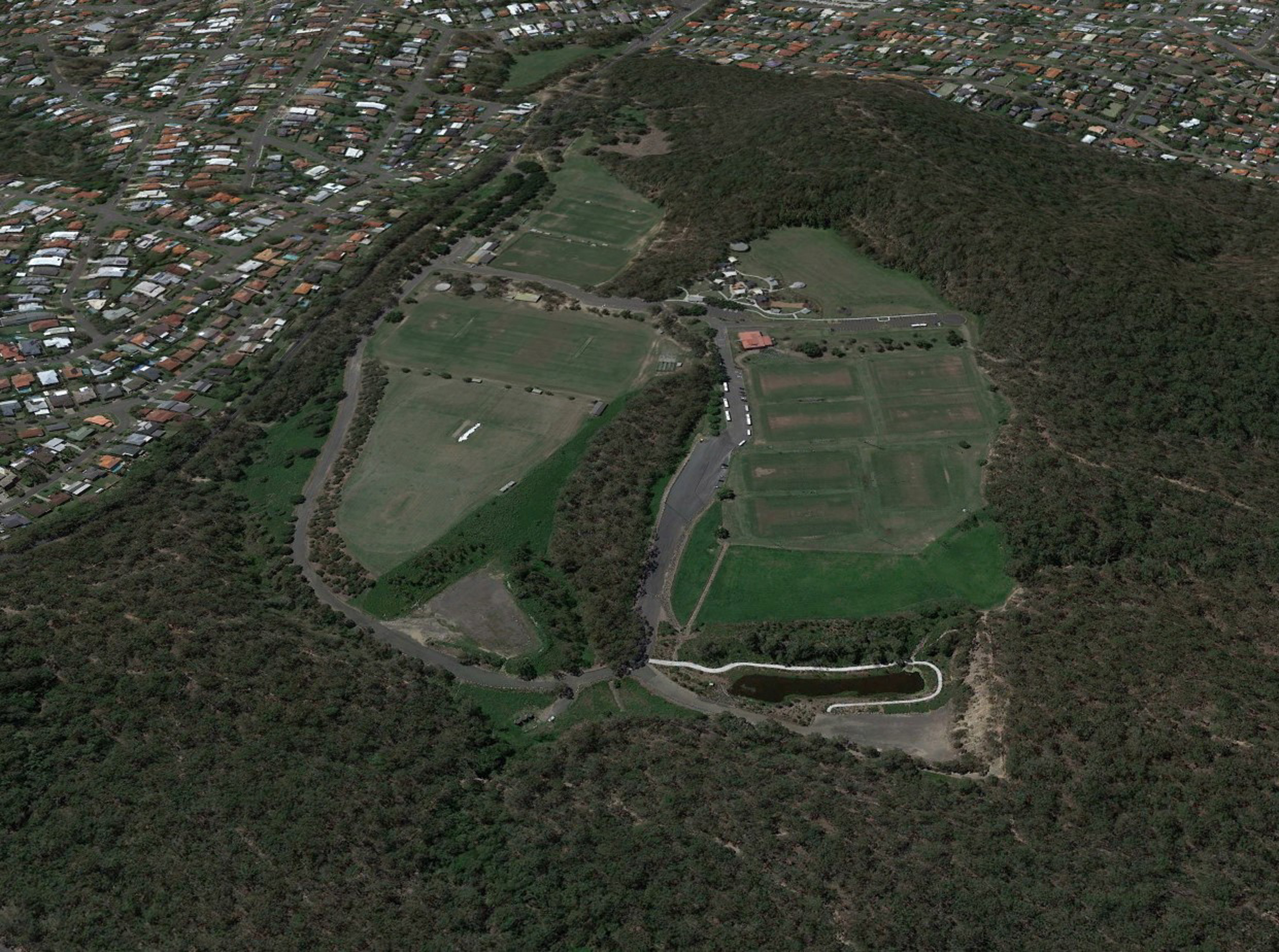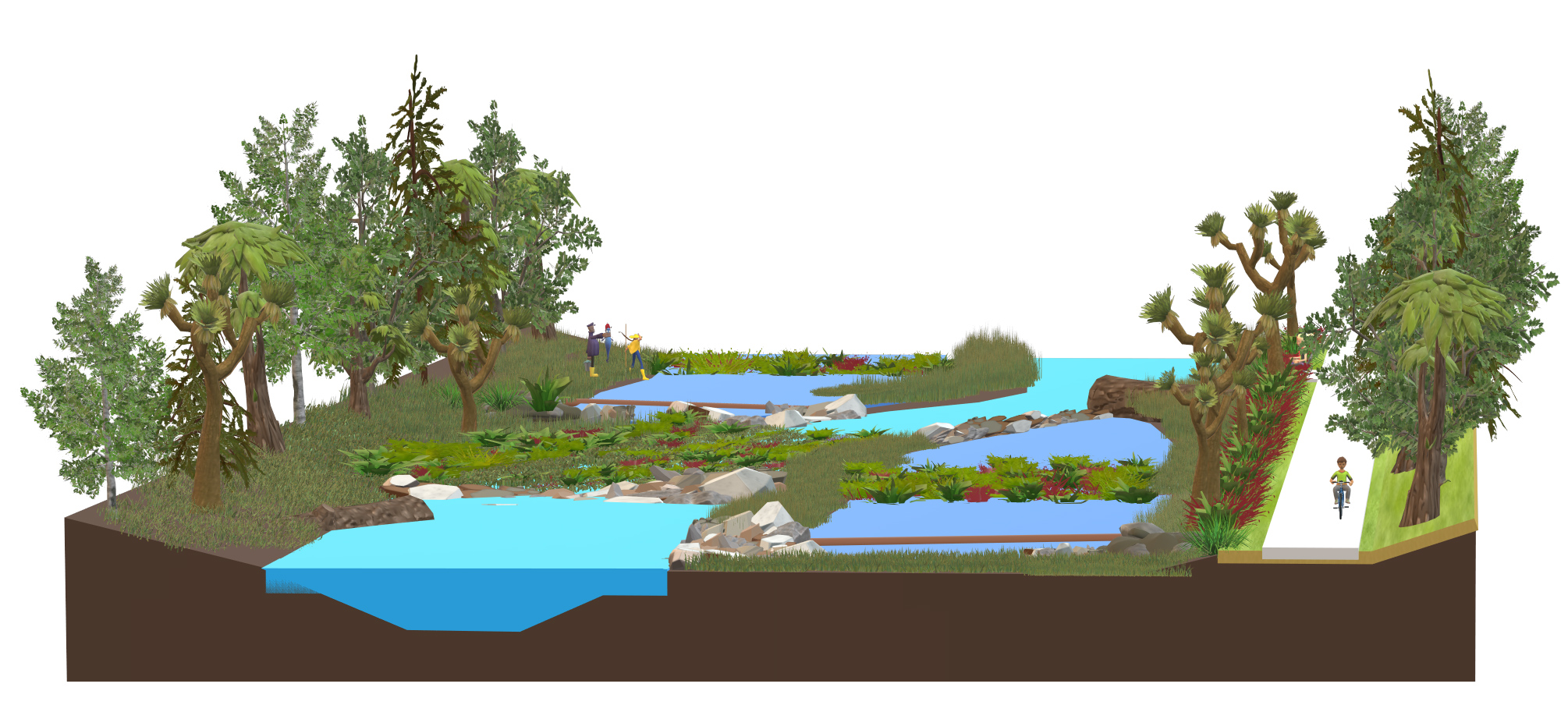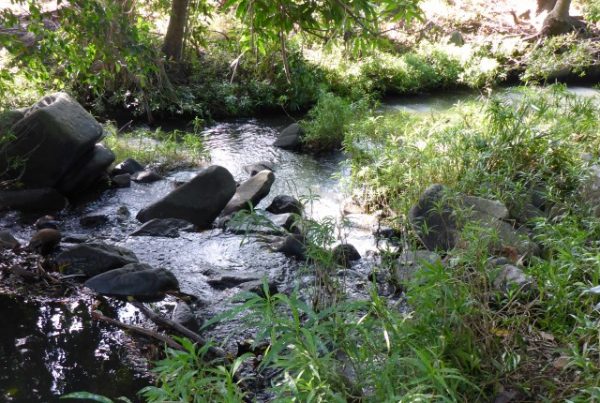Neilly Group’s capabilities within the Urban Stormwater sector include:
Urban stormwater & erosion design and advocacy
- Site based stormwater management plans (SBSMP) and erosion and sediment control (ESC) plans for urban development approval
- Stormwater management plans for industrial sites (e.g. mining, etc.) and other site relevant activities to meet their state planning approvals
- Incorporating Water Sensitive Urban (WSUD) design principles into neighbourhood, streetscape and sports park masterplanning and redesign activities
- Capacity building and guideline preparation
- Expert design advice and review of WSUD and erosion reduction systems for industry or government
- Presenting and facilitation at conferences and forums
- Develop bespoke training materials and sessions on erosion, stormwater and natural rehabilitation
- Streambank and waterway rehabilitation using Natural Channel Design Principles
Sustainable water management
- Develop innovative and sustainable Stormwater Harvesting and Reuse system designs utilising diverse water sources, including:
- Overland flow interception.
- Rainwater collection from roofs.
- Groundwater bores.
- Stormwater pipe interception.
- Waterway and waterbody design, landscaping designs, vegetation and soil selection.
- Water quality systems and WSUD considerations (wetland design, swales, bioretention, rain gardens, etc).
- Project initiation to maintenance phase management including site design and layout, project management and supervision, asset management systems, maintenance plans
- Design and manage the installation of water and energy efficient systems including sports field irrigation, commercial buildings and wastewater distribution using the latest available technologies.
Waterbody management
- Water quality monitoring and assessment for lakes and dams
- Water improvement interventions including:
- Natural systems (edge planting, shading, bacterial and weevil inoculation techniques, riparian restoration, etc)
- Built design (floating wetlands, pump and aeration systems, aquatic weed harvesting, litter collection devices, such as gross pollutant traps and trash racks)
- Catchment management techniques (managing inflow water quality through erosion reduction and land stewardship practices
- Ongoing management and maintenance planning and scheduling








